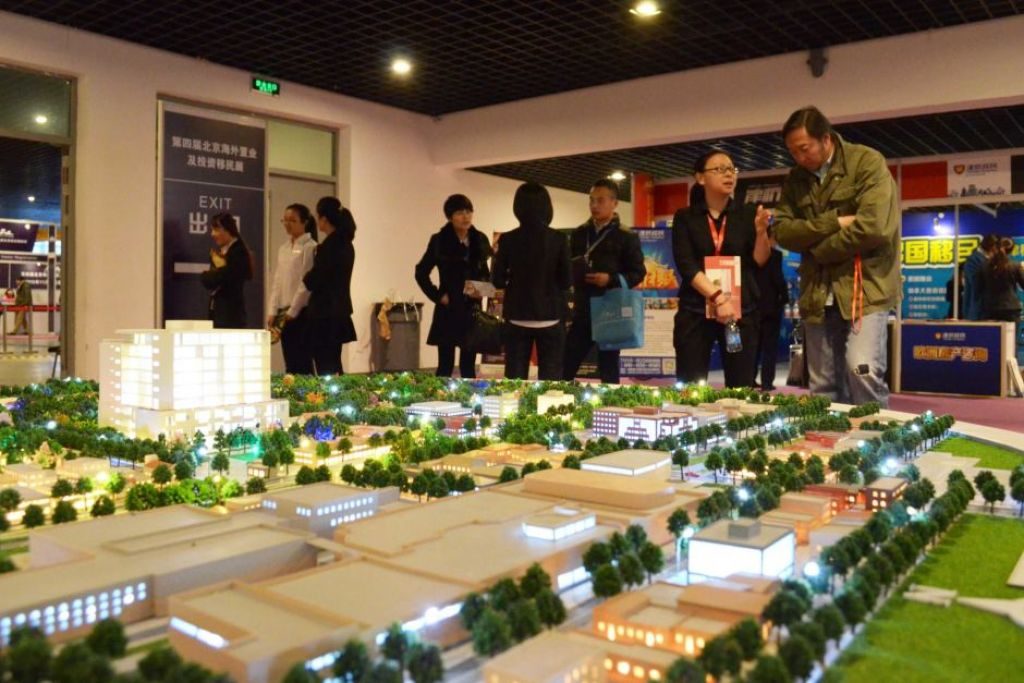This article is from the Australian Property Journal archive
THE political and economic uncertainty in the US did not turn off foreigners, with investment in residential property soaring by 49% to a record $153 billion, led by Chinese buyers who represented one in five investors.
According to the annual survey by the National Association of Realtors, foreign investment between April 2016 and March 2017 jumped from $102.6 billion in 2016, which was slightly below the 2015 figure of $103.9 billion.
Overall, 284,455 properties were bought by foreign buyers (up 32% from 2016), and purchases accounted for 10% of the dollar volume of existing-home sales (7% in 2016).
NAR chief economist Lawrence Yun said survey results show the political and economic uncertainty in the US and abroad did not deter foreigners from exponentially ramping up their purchases of US property over the past year.
“While the strengthening of the US dollar in relation to other currencies and steadfast home-price growth made buying a home more expensive in many areas, foreigners increasingly acted on their beliefs that the US is a safe and secure place to live, work and invest,” he added.
Although China maintained its top position for the fourth consecutive year, with $31.7 billion, surprisingly it was Canadians who poured into the US with the most significant hike in activity.
After dipping in the 2016 survey to $8.9 billion in sales ($11.2 billion in 2015), transactions from Canadians this year totalled $19.0 billion – a new high for Canada.
Yun said this notable rise in activity to Canadians opting to buy property in US markets that are expensive but still more affordable than in their native land.
“While much of the US continues to see fast price growth, home price gains in many cities in Canada have been steeper, especially in Vancouver and Toronto.
“Inventory shortages continue to drive up US home values, but prices in five countries, including Canada, experienced even quicker appreciation. Some of the acceleration in foreign purchases over the past year appears to come from the combination of more affordable property choices in the US and foreigners deciding to buy now knowing that any further weakening of their local currency against the dollar will make buying more expensive in the future,” Yun said.
Meanwhile Chinese investment soared to a new high of $31.7 billion, which was up from last year’s survey ($27.3 billion) and topped 2015 ($28.6 billion). Chinese buyers also purchased the most housing units for the third consecutive year (40,572; up from 29,195 in 2016).
Coming in third place were the British with $9.5 billion, followed by Mexicans with $9.3 billion and Indians with $7.8 billion.
The survey also revealed that nearly half of all foreign sales were in three states Florida (22%), California (12%) and Texas (12%). Florida was the most popular state for Canadian buyers, Chinese buyers mostly chose California, and Texas was the preferred state for Mexican buyers.
According to NAR, foreign buyers typically paid $302,290, which was a 9.0% increase from the median sales price in the 2016 survey ($277,380) and above the sales price of all existing homes sold during the same period ($235,792). Approximately10% of foreign buyers paid over $1 million, and 44% of transactions were all-cash purchases (50% in 2016).
Yun said although non-resident foreign purchases climbed over the past year, it appears much of the activity occurred during the second half of 2016.
Looking ahead, Yun believes the gradually expanding US and global economies should keep foreign buyer demand at a robust level. However, it remains to be seen if both the shortage of homes for sale and economic and political headwinds end up curbing sales activity to foreigners.
“Realtors in some markets are reporting that the effect of tighter regulations on capital outflows in China and weaker currencies in Canada and the U.K. have somewhat cooled non-resident foreign buyer interest in early 2017.
“Stricter foreign government regulations and the current uncertainty on policy surrounding US immigration and international trade policy could very well lead to a slowdown in foreign investment,” Yun concluded.
Australian Property Journal




